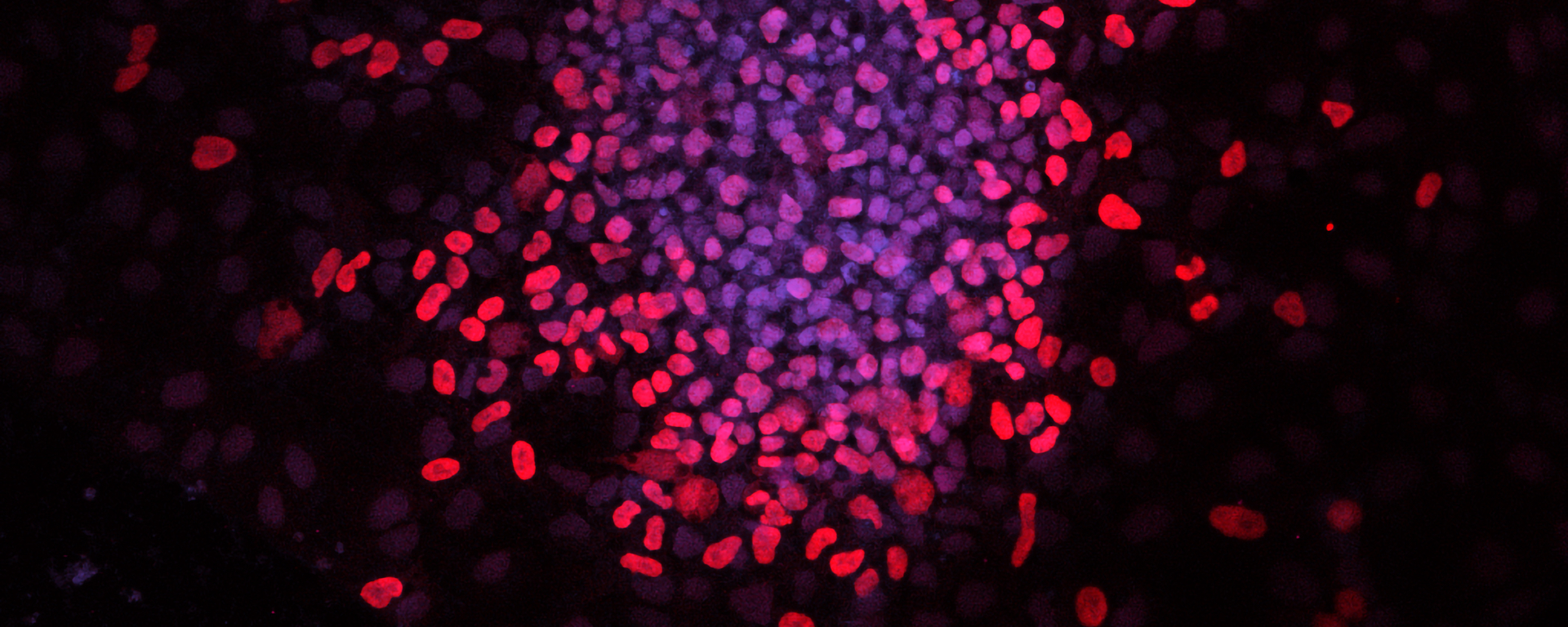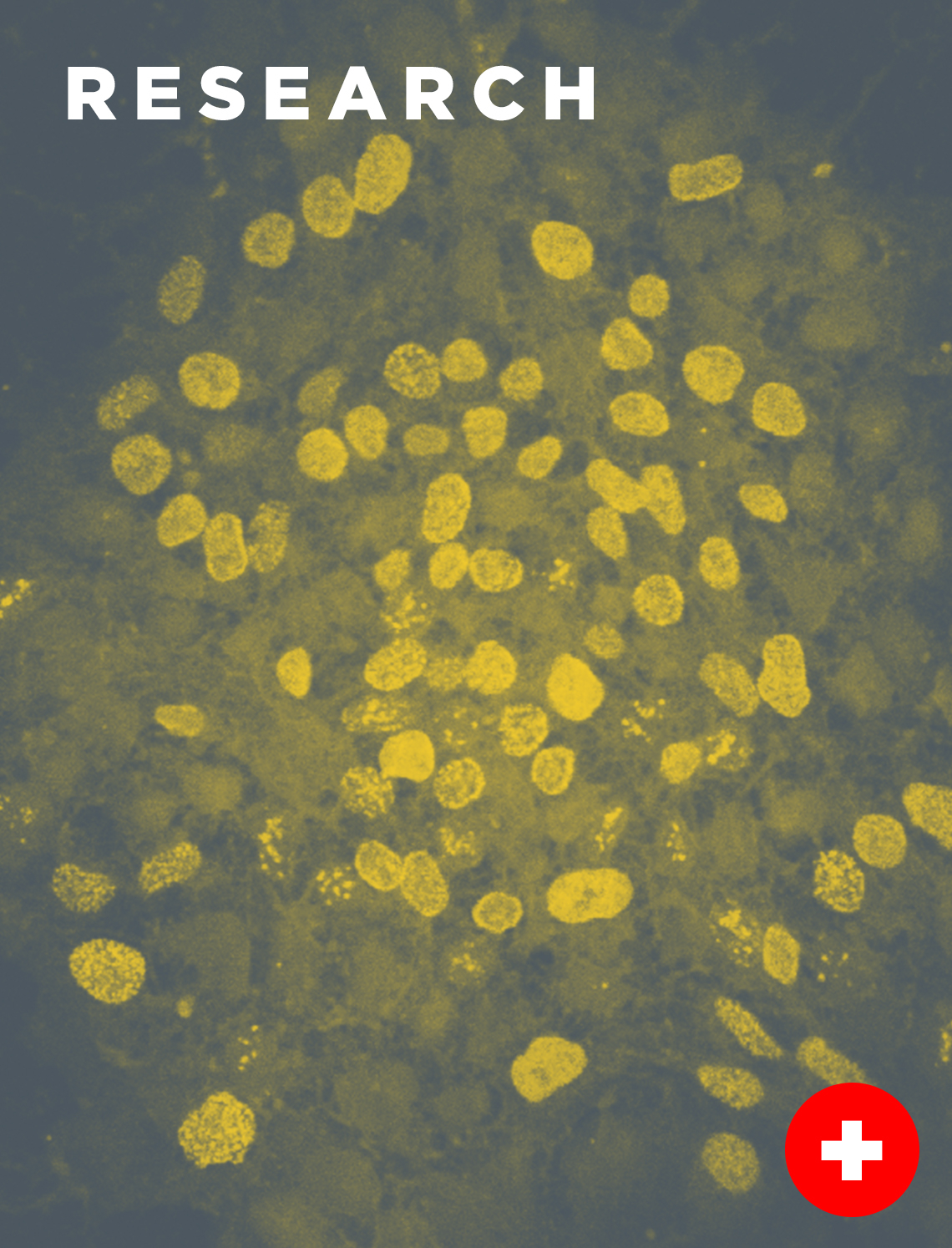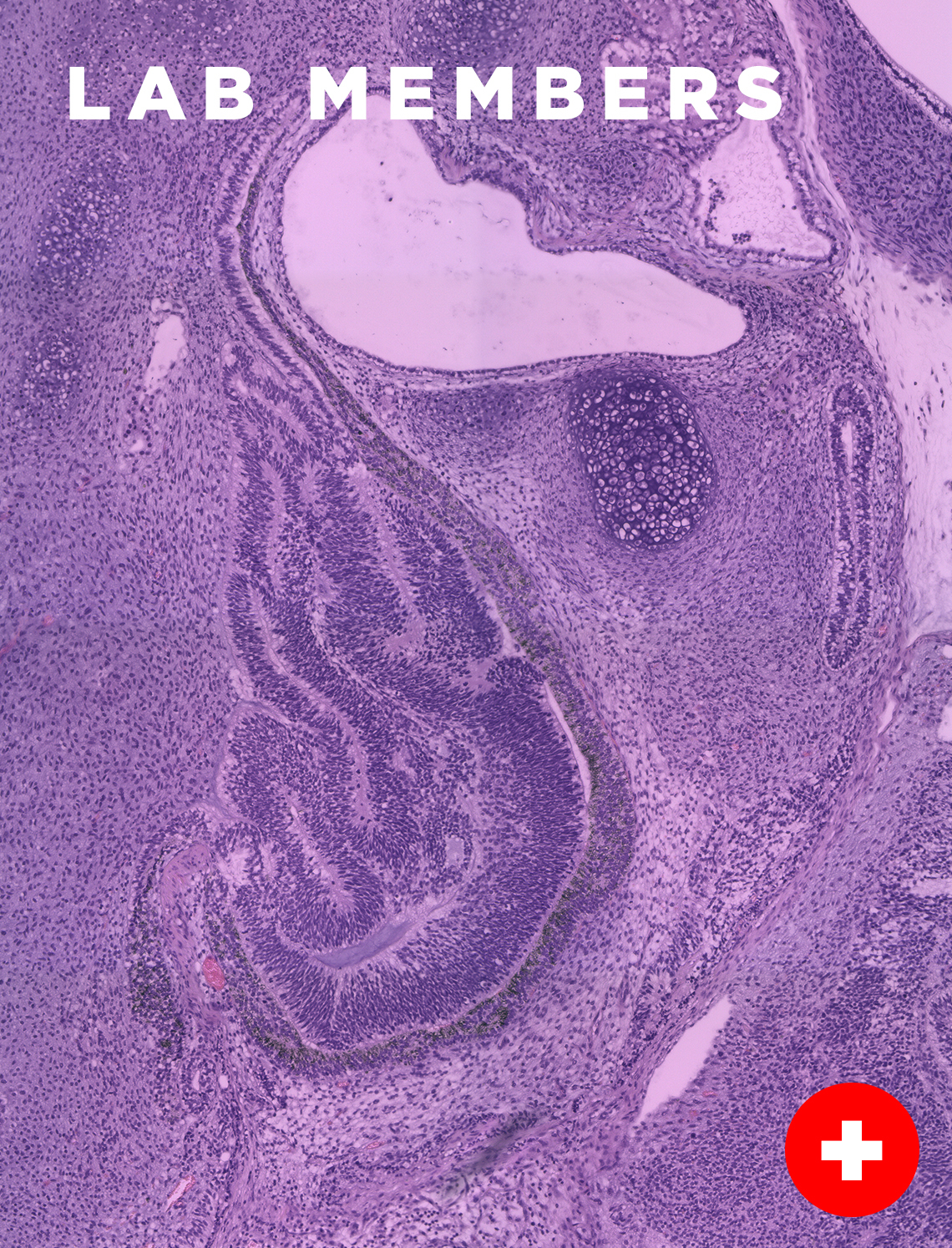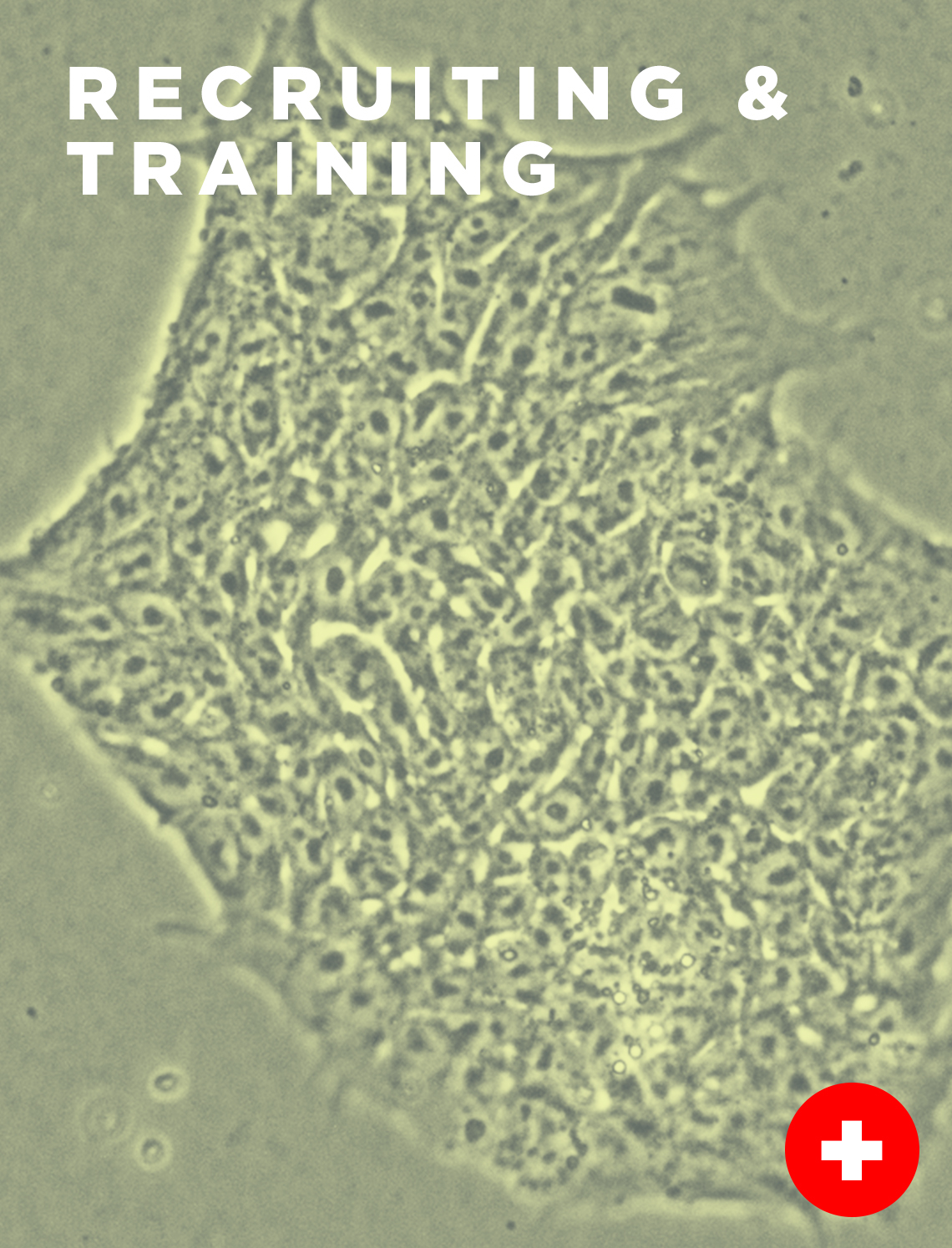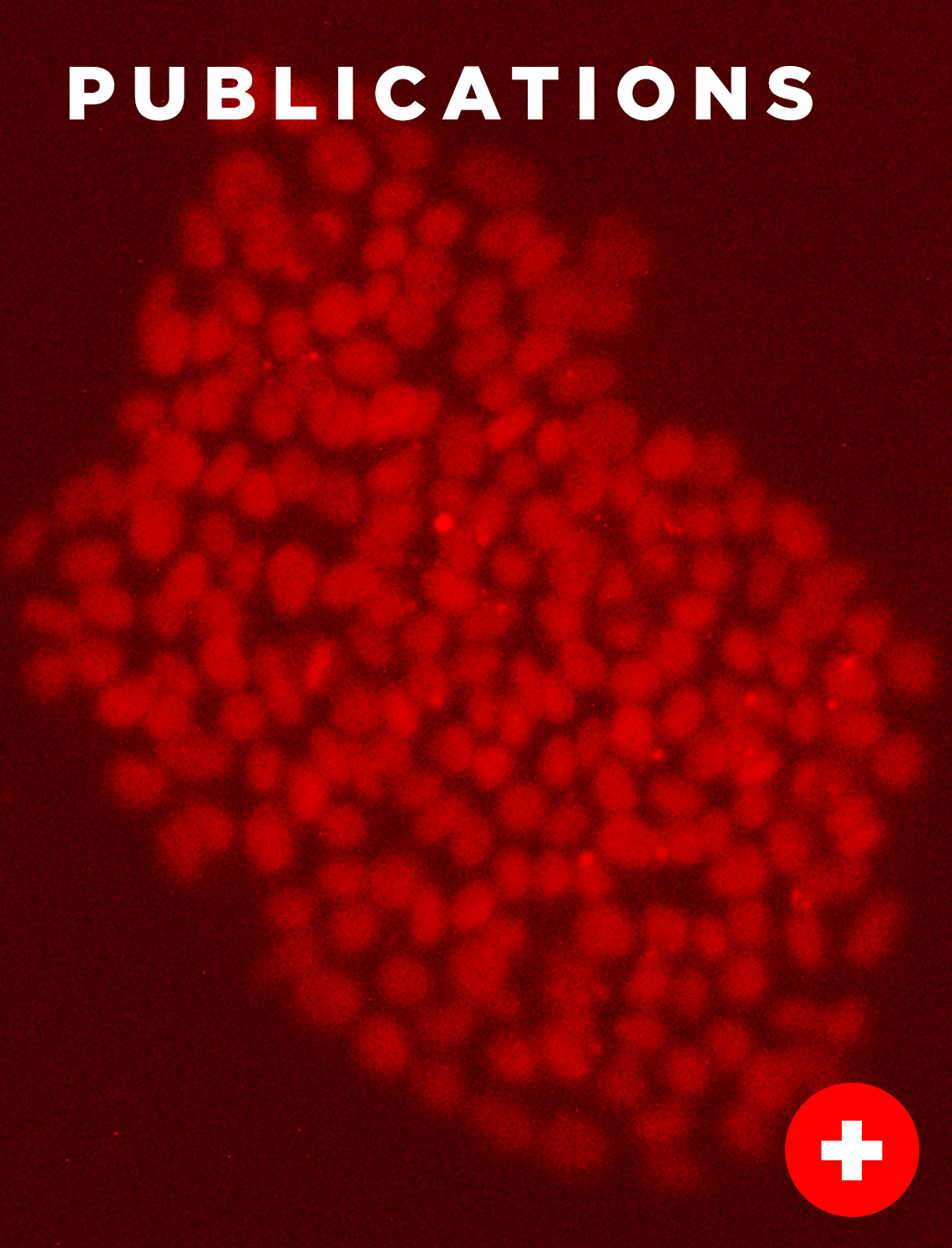Why do humans have a nine-month gestation period and mice have a three-week gestation period? How do genes change the tempo of embryonic development?
This remains one of the outstanding questions in developmental biology. The developmental timing among individuals of the same species is highly reproducible between different species, however, developmental timing varies drastically. This suggests there is an evolutionary and genetic basis for the timing of development. To address these questions, we recently established in vitro segmentation clock models using PSC-derived mesoderm progenitors, recapitulating species-specific gene oscillatory periodicity.
- To understand fundamental mechanisms that regulate developmental timing
- To identify the genetic factors that regulate developmental clocks across species with diverse gestation lengths
- To pursue novel therapeutic strategies for disorders caused by the misregulation of developmental clocks
We use multidisciplinary experimental approaches, including pluripotent stem cell culture, differentiation, organoids, cellular reprogramming, gene editing, real-time live-cell imaging, luminescence imaging, lineage-tracing, mouse genetics, flow cytometry, single-cell and bulk RNA-seq.
A basic understanding of developmental timing may ultimately lead to methods to accelerate the duration of in vitro differentiation and decouple it from in vivo gestation length. Because developmental timing, body size, metabolic rate, and life span are all interconnected, understanding what controls timing during embryogenesis may offer new insights into what controls tissue regeneration and the aging processes.

